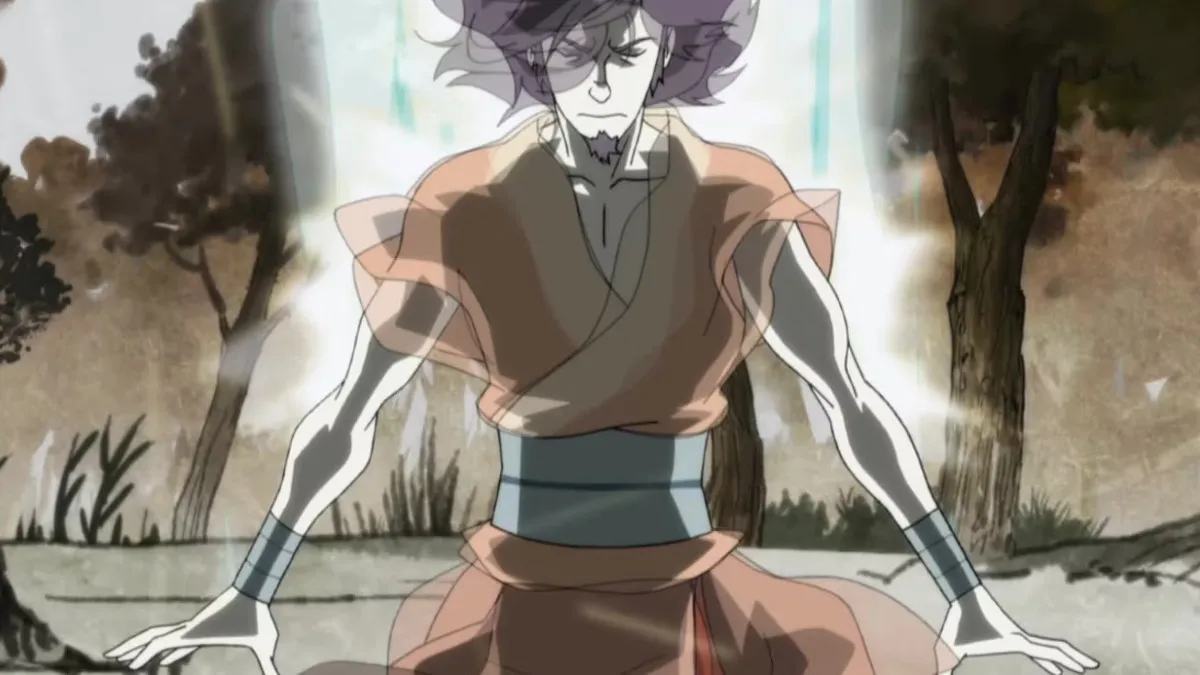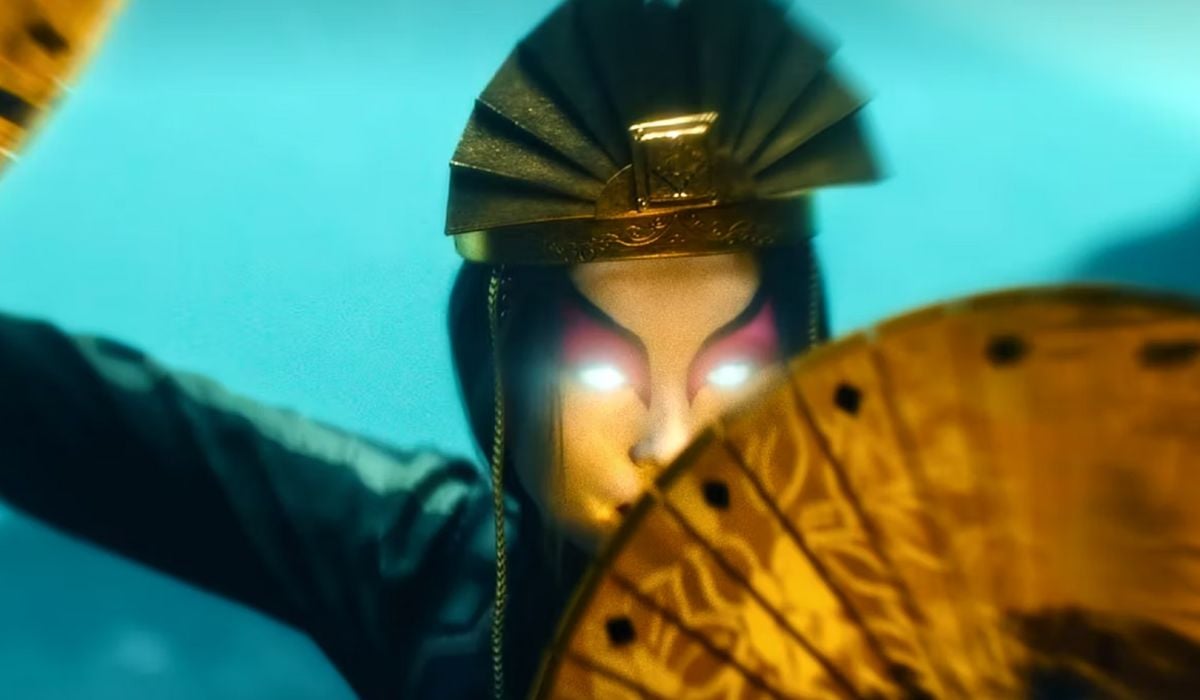A Deep Dive Into the Cycle at the Heart of ‘Avatar: The Last Airbender’
It’s death and reincarnation.
The new live-action adaptation of Avatar: The Last Airbender—produced by Netflix after the animated series that aired on Nickelodeon from 2005 to 2008—is finally available for everyone to stream.
***Spoilers ahead for the entirety of the live-action Avatar: The Last Airbender show as well as minor spoilers to the lore that was given in both the original animated version of A:TLA as well as its sequel, The Legend of Korra.***
The eight episodes of Netflix’s adaptation largely follow the plot of the first season of the original show—even though much could be said about how they follow it—with Aang (played by Gordon Comier) emerging from one hundred years spent frozen up in ice and embarking on a quest to save the world with his newfound friends, siblings Sokka and Katara (played respectively by Ian Ousley and Kiawentiio Tarbell), while fighting to escape his newfound enemies, especially the exiled Prince Zuko (played by Daniel Lee).
Only Aang has the power to free the people of his world from the cruel rule of the Fire Nation, because he’s the Avatar—the only person, in a universe where people are born with the ability to bend one natural element to their will, who can master all four and bridge the gap between the world of humans and the world of spirits.
The Avatar is the pillar upon which the worldbuilding of A:TLA is held up. Several characters in both the original animated show and its live-action adaptation have conversation upon conversation on the nature of Avatars, their skills, on their duties and obligations to the other people of their world. So let’s dive into the lore a bit, to clear any doubts that might have emerged from watching this new version of A:TLA and also to be prepared for any possible future seasons.
As the famous intro to both the original animated show and its new adaptation reminds us, the Avatar is the only person who can bend all four elements. And as if that isn’t enough, the Avatar is also meant to connect the human world and the spirit world, where most regular people aren’t meant to exist.
That means the spiritual powers of an Avatar are much greater than those of any other bender—even airbenders, who were historically much more attuned to the spirit world than all others. And that’s because the Avatar was born when Wan, a human man who lived thousands of years before the time of Aang, fused himself with Raava, the spirit of light and peace.
The origins of the Avatar are explained in The Legend of Korra, where we learn that Wan and Raava battled the spirit Vaatu—Raava’s opposite, harbinger of darkness and chaos— together and continued the fight to maintain balance up until the end of Wan’s natural life.

The fact that Raava had merged with his spirit, though, meant that it would continue on in an endless cycle of reincarnations, which has become known as the Avatar Cycle—when an Avatar dies, the spirit of Raava moves on to another person. The Avatar is a native bender of a different element with each reincarnation, following the order in which Avatar Wan first learned how to bend the elements—fire, air, water and earth.
All Avatars of the cycle previous to Aang’s were mentioned throughout this first season. Gyatso tells Aang he’s the Avatar under the statue of Avatar Yangchen, who was an Air Nomad. Yangchen then reincarnated into Avatar Kuruk, a waterbender, whom Aang talks to during the Siege of the North. Kuruk reincarnated into the native earthbender Avatar Kyoshi, who takes control of Aang’s body while Team Avatar is on the island named after her. After Kyoshi came Avatar Roku, a firebender, who was the last Avatar before Aang. And after Aang’s death, the cycle will begin again with water.

The Avatar cycle is also what determines the order in which each new Avatar has to learn the four bending arts, starting from the one they’re born into. So Aang, who’s an airbender, will then have to learn waterbending, then earthbending, and finally firebending.
Each Avatar is different when it comes to what elements are easy to master and what instead prove difficult, depending on their unique personality, disposition, and also their starting element. Light-footed airbending Aang—”twinkle toes,” some might say—will find the solid and rigid forms of earthbending quite challenging, while his spirited successor Korra will have no issues in relying upon aggressive firebending techniques but will instead have a considerable amount of problems in mastering the more peaceful and defensive airbending.
Last but definitely not least, the Avatar cycle is what makes the iconic Avatar State so powerful. While not easy to master—we did see Aang struggle with it throughout the entire season, only managing to be effective with it when the more experienced Kyoshi took control of his body—the Avatar State is an Avatar’s ultimate ability. It channels the strength of all past Avatars, allowing the current Avatar to perform great bending feats.
(featured image: Netflix)
Have a tip we should know? [email protected]